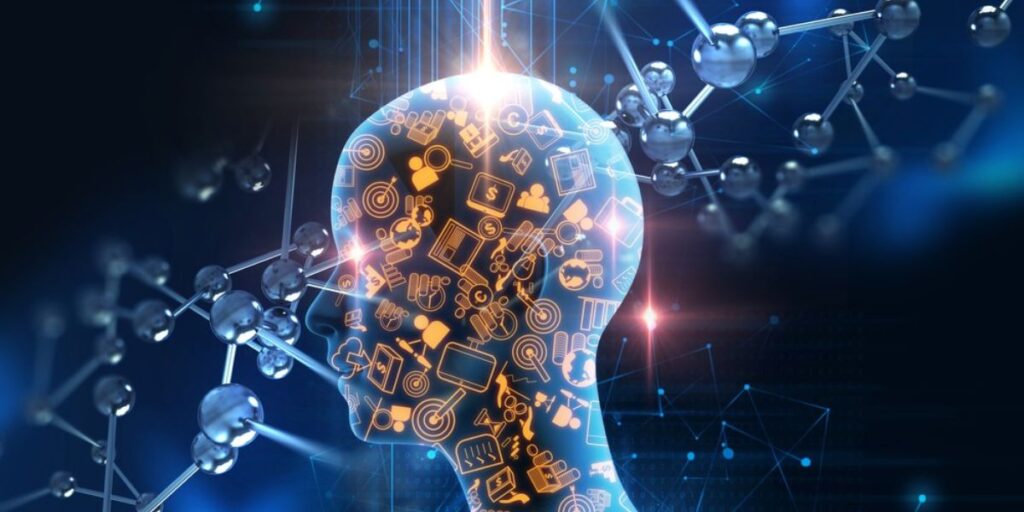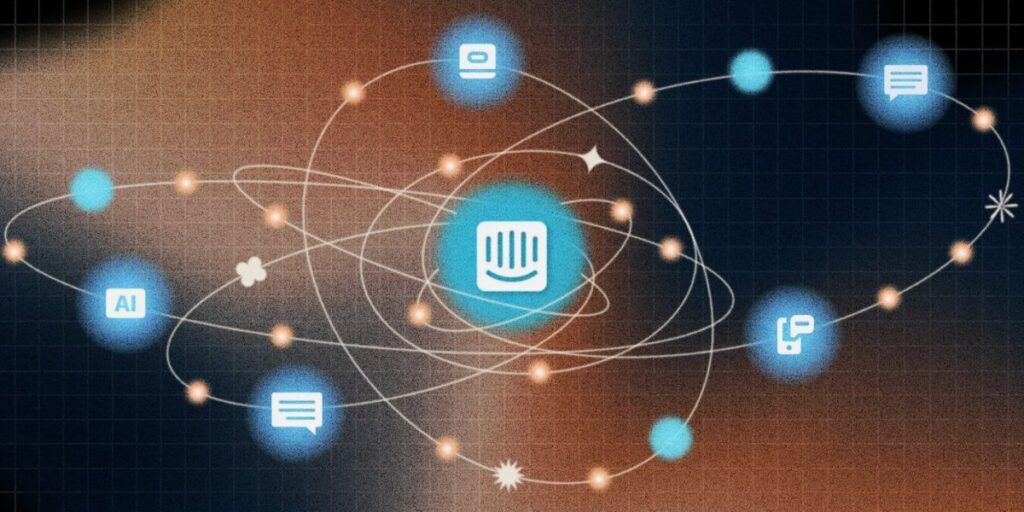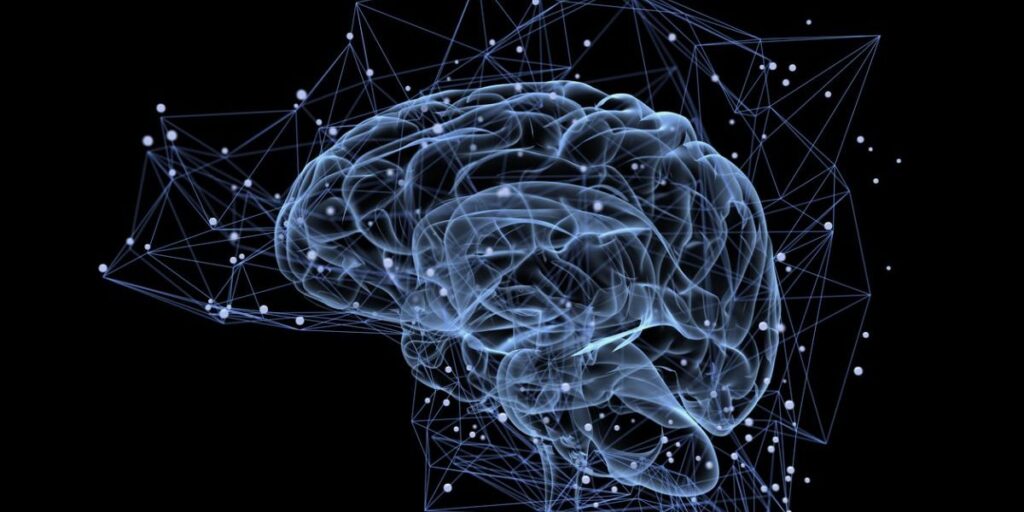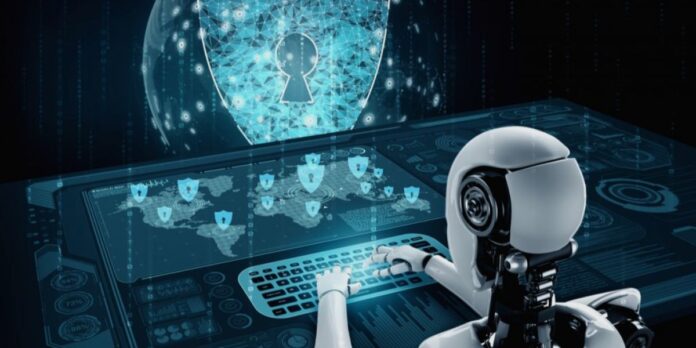Artificial Intelligence (AI) has emerged as a powerful force in the field of technology, promising to revolutionize industries and bring forth unprecedented advancements. However, as AI continues to reshape the landscape IT and security leaders baffled by AI and find themselves in a challenging position particularly in the realm of cyber security. In this article, we will explore the complexities, benefits, and challenges that IT and security leaders face in the era of AI-driven cyber security.
-
The AI Revolution
Artificial Intelligence, a branch of computer science that aims to create intelligent machines capable of performing tasks that typically require human intelligence, has found a multitude of applications across industries. In the realm of IT and cyber security, AI presents both opportunities and challenges.
-
The Promise of AI in Cyber security
AI’s capabilities in cyber security are immense. It can analyze vast datasets in real-time, identify patterns, detect anomalies, and respond to threats faster and more accurately than humans. Machine learning algorithms can continuously improve their performance and adapt to new threats. Furthermore, AI can help automate routine tasks, reducing the burden on human analysts.
Challenges Faced by IT and Security Leaders
1. Complexity and Lack of Understanding
One of the primary challenges IT and security leader’s face is the complexity of AI. The technology itself can be difficult to grasp, and its application in cyber security can be even more bewildering. Understanding how AI algorithms work and integrating them into existing security systems can be a daunting task.
2. Evolving Threat Landscape
Cyber threats are constantly evolving, becoming more sophisticated and harder to detect. IT and security leaders must stay ahead of the curve and continuously update their knowledge to ensure their AI-driven security systems remain effective.
3. Data Privacy Concerns
The use of AI in cyber security often involves processing vast amounts of data, raising concerns about data privacy. Security leaders must navigate the ethical and legal considerations surrounding data collection and use.
4. False Positives and Negatives
AI-powered security systems are not infallible. They may generate false positives, mistakenly identifying benign activities as threats, or false negatives, failing to detect actual threats. Striking the right balance to minimize these errors is a significant challenge.
5. Skill Shortages
The demand for professionals with expertise in AI and cyber security is growing rapidly. IT and security leaders must contend with a shortage of skilled personnel who can effectively manage and maintain AI-driven security systems.
The Role of AI in Cyber security
While IT and security leaders may be baffled by AI, they also recognize its potential to transform cyber security practices:
1.Threat Detection
AI can sift through large datasets and identify patterns indicative of cyber threats. It can detect suspicious activities, anomalies, and potential vulnerabilities, allowing for rapid threat detection and response.
2. Automation
AI can automate routine tasks, such as monitoring system logs and responding to known threats. This not only reduces the workload on security professionals but also ensures consistent and efficient responses.
3. Predictive Analysis
AI can use historical data to predict future threats and vulnerabilities. It can also recommend security measures to proactively safeguard systems against potential attacks.
4. Enhanced Authentication
Biometric authentication systems that use AI for facial recognition, fingerprint scans, and voice recognition offer robust security measures. AI-driven authentication systems are often more reliable and harder to breach than traditional methods.
5. Malware Detection
AI can analyze code and behavior patterns to detect malware and other malicious software more effectively than signature-based methods. This is particularly crucial in defending against new and unknown threats.
6. User and Entity Behavior Analytics (UEBA)
AI can monitor and analyze user and entity behavior, helping identify suspicious activities or insider threats that might otherwise go unnoticed.
7. Navigating the Path Forward
As IT and security leaders grapple with AI’s intricacies, several strategies can help they navigate this transformative landscape:
8. Continuous Learning
Stay updated with the latest developments in AI and cyber security. Investing in training and development for IT and security teams is essential to bridge knowledge gaps.
9. Collaborate and Network
Seek collaboration with experts and organizations specializing in AI and cyber security. Networking can provide insights, share best practices, and foster collaboration in addressing common challenges.
10. Invest in AI Solutions
Consider investing in AI-powered security solutions or partnering with vendors who offer such services. These solutions can provide a valuable head start in integrating AI into existing security frameworks.
11. Data Governance
Develop and adhere to robust data governance policies that address data privacy concerns. Understand the regulatory landscape and ensure compliance with data protection regulations.
12. Hybrid Approach
Consider a hybrid approach that combines human intelligence with AI-driven systems. Human expertise remains invaluable in making critical decisions, while AI aids in data processing and analysis.
Conclusion:
IT and security leaders baffled by AI and find them at the crossroads of the AI revolution, tasked with harnessing the power of artificial intelligence to safeguard their organizations from an ever-evolving threat landscape. While the complexities of AI can be baffling, the benefits are too significant to ignore. With a commitment to continuous learning, collaboration, and strategic investments, IT and security leaders can navigate the complexities of AI in cyber security and ultimately adapt to this transformative era, making the digital world safer for everyone.


